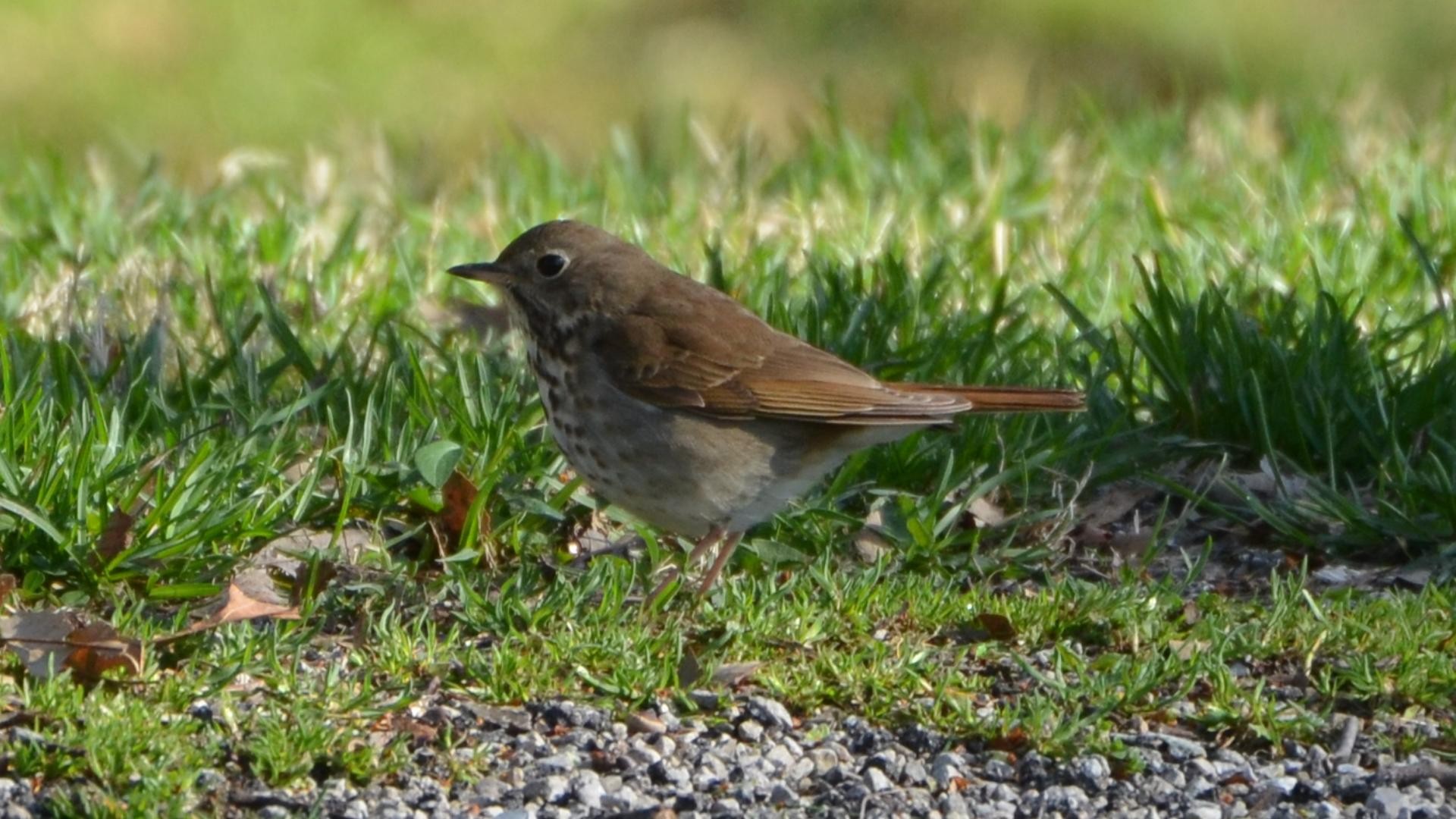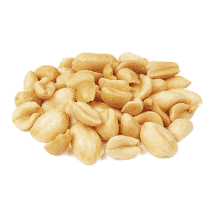Hermit Thrush
A species of American Brown Thrushes and Nightingale-thrushes Scientific name : Catharus guttatus Genus : American Brown Thrushes and Nightingale-thrushes
Hermit Thrush, A species of American Brown Thrushes and Nightingale-thrushes
Botanical name: Catharus guttatus
Genus: American Brown Thrushes and Nightingale-thrushes
Content
Description People often ask General Info
 Photo By Andy Reago & Chrissy McClarren , used under CC-BY-2.0 /Cropped and compressed from original
Photo By Andy Reago & Chrissy McClarren , used under CC-BY-2.0 /Cropped and compressed from original Description
This species is more compact and stockier than other North American Catharus thrushes, with relatively longer wings. The hermit thrush has the white-dark-white underwing pattern characteristic of Catharus thrushes. Adults are mainly brown on the upperparts, with reddish tails. The underparts are white with dark spots on the breast and grey or brownish flanks. They have pink legs and a white eye ring. Birds in the east are more olive-brown on the upperparts; western birds are more grey-brown. 
Size
17 cm
Life Expectancy
8 years
Nest Placement
Ground
Clutch Size
3 - 6 eggs
Incubation Period
1 - 2 broods
Number of Broods
11 - 13 days
Nestling Period
10 - 15 days
Feeding Habits
Hermit Thrush feeds primarily on insects like beetles, caterpillars, bees, ants, wasps, and flies in spring, occasionally consuming small amphibians and reptiles. In winter, hermit Thrush's diet shifts to include more fruits, such as wild berries.
Habitat
Hermit Thrush inhabits a range of forested environments, including dense boreal, deciduous, and mixed woods. These birds adapt to various altitudes and climates, preferring areas with rich undergrowth for cover and foraging. Habitats typically feature open woods, pond edges, and glades. In winter, hermit Thrush descends to lower elevations, favoring dense understory and berry-rich areas, as well as suburban parks and gardens.
Nest Behavior
The female hermit Thrush single-handedly builds the nest over 7–10 days. Nesting is influenced by geography, with ground nesting in the east and elevated nesting in the west. There is no specified information on egg-laying patterns or parental care.
Nest Characteristics
Hermit Thrush constructs a nest using grass, leaves, pine needles, and wood, adorned with mud and lichen. The structure measures 4–6 inches in width, with a cup depth of 1–2 inches, located on the ground or at most 20 feet high in shrubs or trees.
Dite type
Insectivorous
People often ask
General Info
Feeding Habits
Bird food type

Peanut Hearts

Fruit

Mealworms
Bird Feeder Type

Platform

Ground
Sounds
Call
Recording location: United States
Song
Recording location: United States
Song
Recording location: United States
Behavior
Hermit Thrush exhibits distinct foraging behavior, hopping on the forest floor and meticulously searching for insects by moving leaf litter or agitating grass. They display a characteristic flick of wings or tails before taking flight. When faced with predators, hermit Thrush may exhibit a defensive posture, crouching and pulling back its head. During courtship, males and females engage in a unique aerial dance, initially chasing in rapid circles, which transitions to leisurely flying. In colder months, hermit Thrush often forms mixed foraging groups with other small forest songbirds, exemplifying their adaptive social behavior.
Species Status
Not globally threatened.

 Photo By Andy Reago & Chrissy McClarren , used under CC-BY-2.0 /Cropped and compressed from original
Photo By Andy Reago & Chrissy McClarren , used under CC-BY-2.0 /Cropped and compressed from original